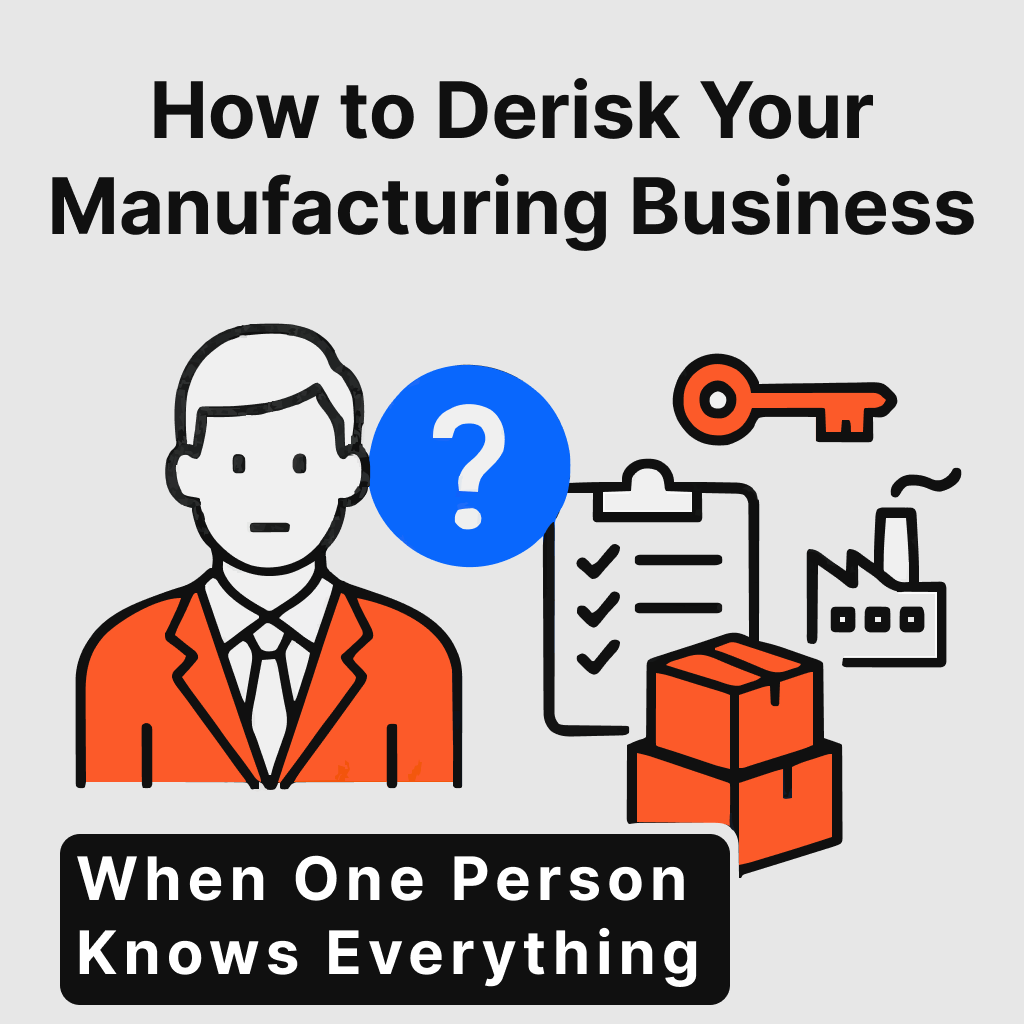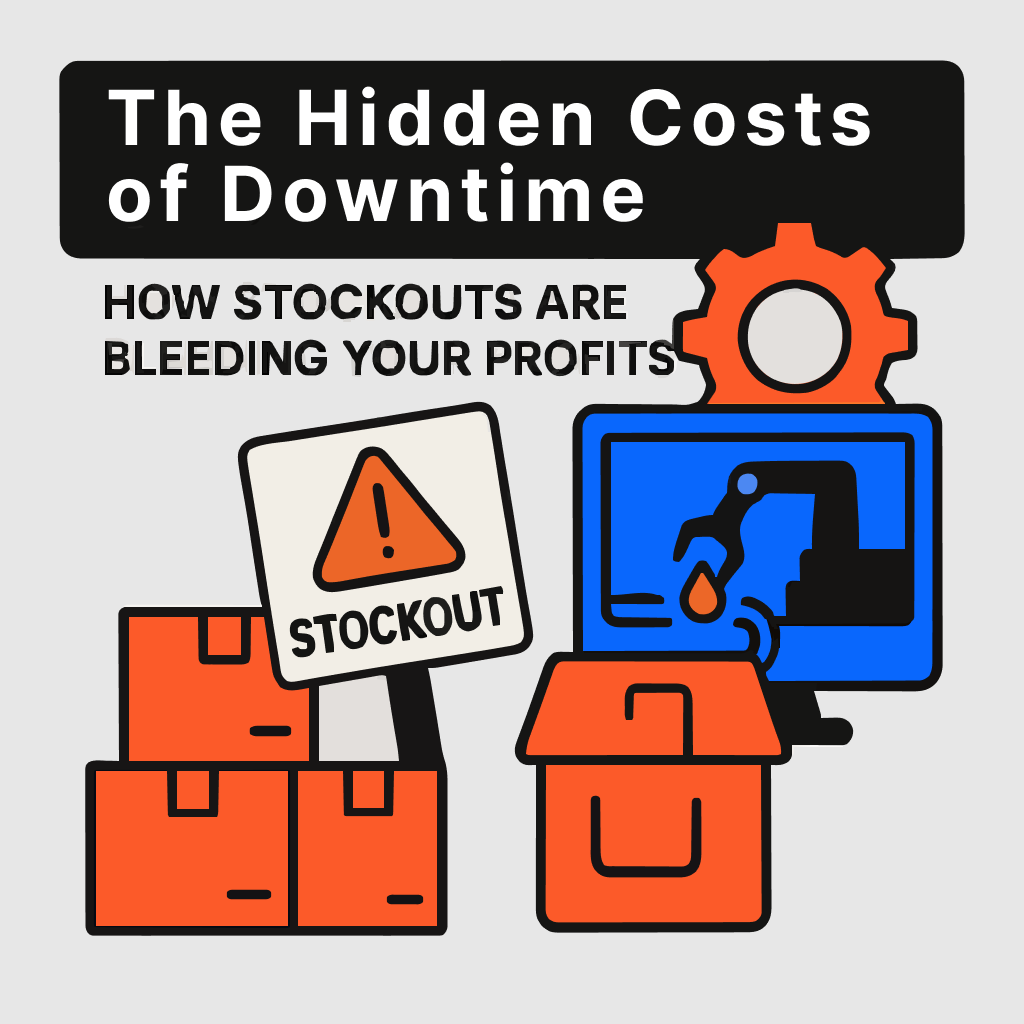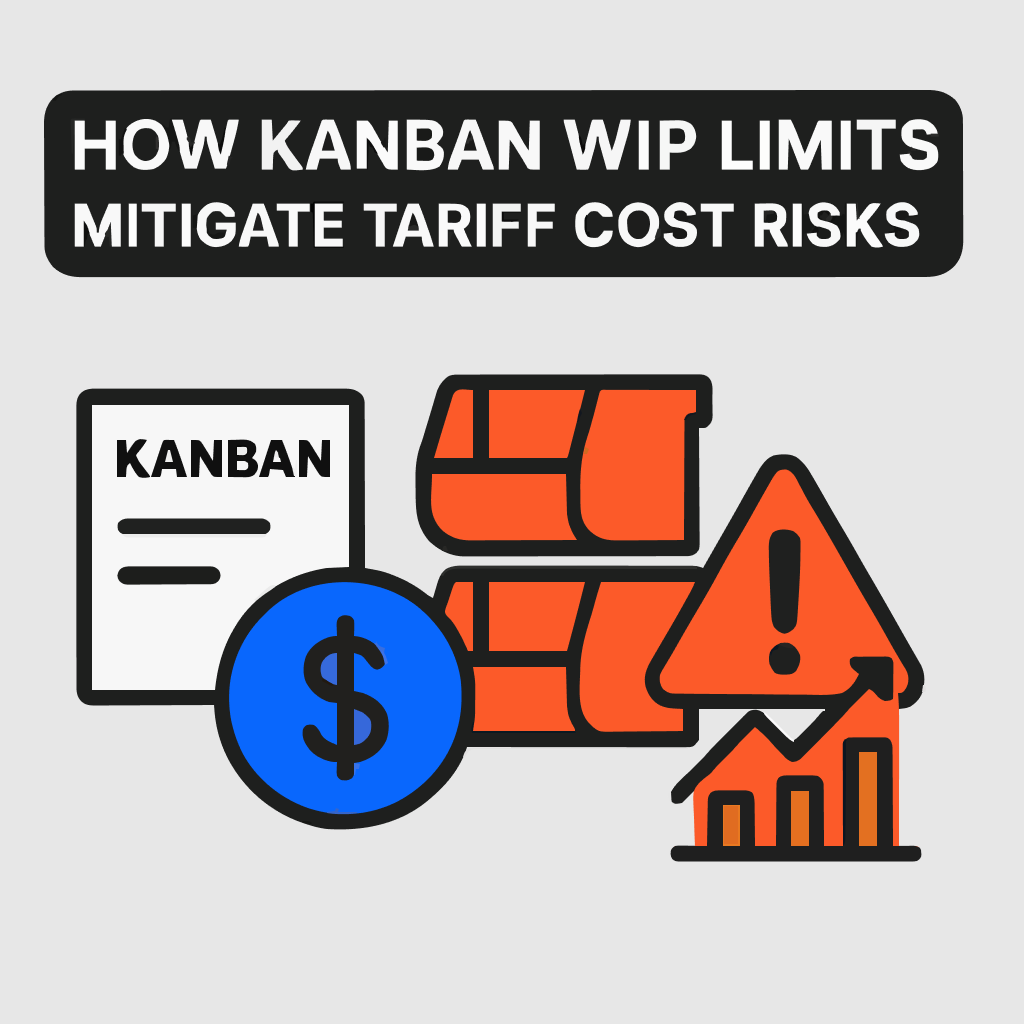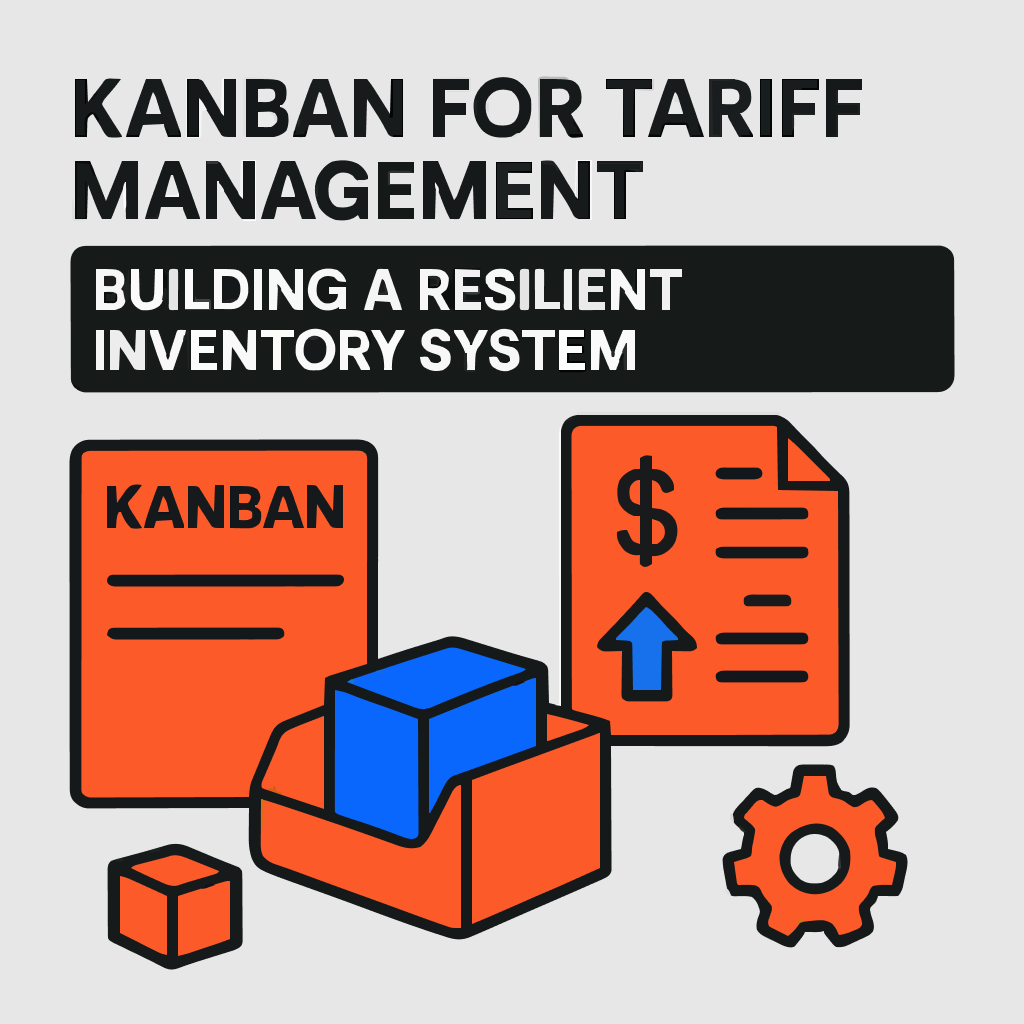Imagine this: Your star operator, the one who somehow keeps that one temperamental machine humming, calls in sick. Suddenly, orders are backing up, quality issues emerge, and panic sets in. But what if this isn't just a sick day? What if your most knowledgeable employee – the one who knows every part number, every assembly process, or every supplier relationship by heart – doesn't show up to work tomorrow? Maybe they won a lottery. Maybe they found a better job. Or worse, they experienced a serious health crisis.
How would your manufacturing operation function without them?
This scenario represents what risk management experts call "key person risk" or the "Bus Factor" – a measure of how many team members need to be hit by a proverbial bus before your business is in serious trouble. If that number is one, you have a dangerous vulnerability at the heart of your manufacturing operation.
The sobering truth is that 67% of businesses expect key person risk to impact their operations within the next three years, and 55% believe losing a key person would have a high impact on their organization's performance. While this might seem like a problem only small businesses face, companies of all sizes struggle with this hidden threat to their operational stability and growth potential.
Most manufacturing business owners know exactly who these people are. They're the ones everyone turns to when problems arise. The machine whisperer who can diagnose issues by sound alone. The procurement specialist who knows exactly which suppliers deliver quality materials on time. The production scheduler who somehow makes impossible deadlines work. These individuals often don't hold the highest titles, but they wield enormous influence over your operations.
Recognizing Key Person Risk in Your Manufacturing Business
The Profile of a Key Person At Your Facility
These critical employees share common characteristics that make them both invaluable and irreplaceable. They've accumulated years of tribal knowledge through experience that can't be easily replicated. They've developed relationships with key suppliers, learned the quirks of your equipment through trial and error and discovered workarounds for problems that would stump newcomers.
What makes them particularly dangerous from a risk perspective is that their knowledge often spans multiple critical areas. They might know which supplier really delivers on time (versus the one with the best contract terms), understand the subtle signs that indicate equipment problems before they become failures, or recognize quality issues that formal inspection processes might miss.
This creates a culture where tribal knowledge accumulates around these key people making them increasingly essential while simultaneously making the operation more fragile.
Hidden Warning Signs in Your Operation
The warning signs of dangerous key person dependencies often masquerade as operational quirks rather than serious vulnerabilities. Process bottlenecks that consistently form around specific individuals signal that critical knowledge hasn't been systematically captured. When quality issues spike whenever certain people are absent, you're seeing the impact of undocumented expertise.
Perhaps most telling is when training new employees becomes an indefinite process. In healthy operations, new team members can become productive within predictable timeframes using documented procedures. When training periods stretch on indefinitely because new hires must absorb tribal knowledge through osmosis, you're looking at a key person dependency waiting to become a crisis.
Decision-making delays offer another clear indicator. If routine operational decisions consistently wait for "the expert" to weigh in, that expertise hasn't been captured in accessible systems. Every decision that must flow through a single person creates a bottleneck that limits your operation's responsiveness and scalability.
When Your Business Becomes Hostage to Tribal Knowledge
Manufacturing operations frequently develop around what industry insiders call "tribal knowledge" – critical information that exists only in the minds of experienced team members. This dependency creates several serious problems that can derail even the most profitable operations:
The Operational Bottleneck
When critical knowledge resides with just one person, that individual becomes a bottleneck for every decision. In one manufacturing facility, a single employee was so essential that managers had to assign someone to guard him from interruptions while he documented processes – team members would line up for scheduled "question time" because nothing could move forward without his input.
The Impossibility of Scale
A manufacturing business that depends heavily on one person's knowledge can't effectively scale. Every new product, every expansion attempt, and every efficiency improvement must funnel through this one person, creating an inherent limitation to growth. Research shows that 67% of business leaders expect key person risk to affect their operations within the next three years, making it a significant barrier to strategic growth initiatives.
The Hidden Financial Risk
This key person dependency creates financial vulnerability that often goes unrecognized on balance sheets. When one person holds all the critical knowledge, your business faces:
- Extended lead times when that person is unavailable
- Increased carrying costs from over-ordering (because no one else knows exactly what's needed)
- Higher labor costs from hiring additional staff to compensate for inefficiency
- Revenue loss from missed deliveries and disappointed customers
Perhaps most alarming, buyers discount business valuations by up to 10% for publicly traded companies with key person risk – and up to 100% for sole proprietorships!
The Impossible Vacation Problem
In many manufacturing operations with severe key person risk, the "expert" hasn't taken a real vacation in years. They can't disconnect because operations would grind to a halt without them. This creates burnout, resentment, and eventually, turnover – precisely the scenario you're trying to avoid.
%201.svg)








.svg)














.svg)
.svg)

.svg)